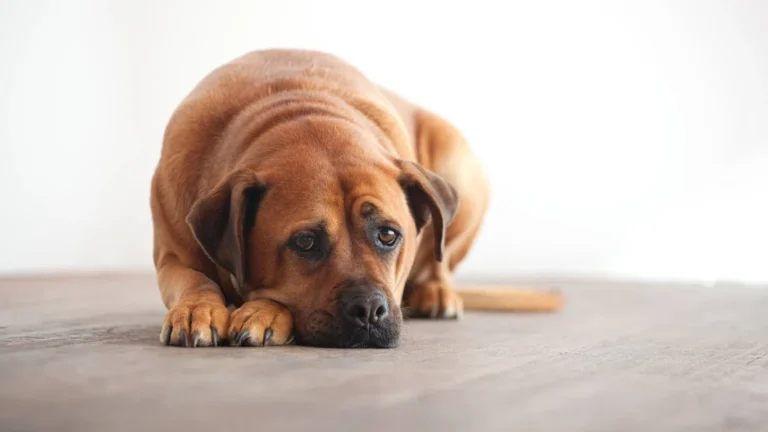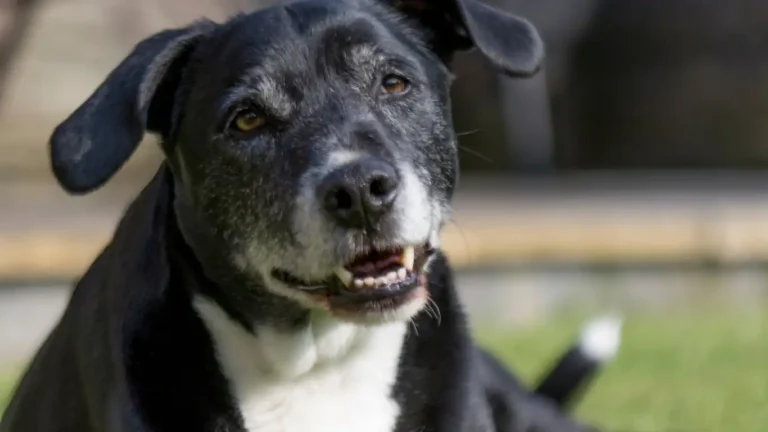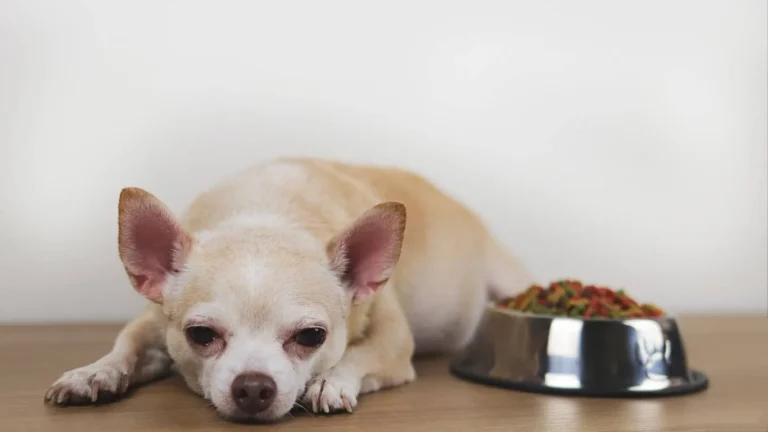Proven Tips to Help a Dog with a Broken Nail Heal Fast and Safely
If you’ve ever had a dog with a broken nail, you know just how painful and stressful it can be for both of you. It’s one of those little injuries that can cause a big fuss—your furry friend might limp, lick the paw nonstop, or act a bit grumpy because of the discomfort. From my years working as a Veterinary Assistant with a focus on nutrition and overall pet care, I’ve seen plenty of dogs go through this, and I want to share some practical, easy-to-follow advice on how to help a dog with a broken nail heal fast. Whether the nail is cracked, split, or partially torn, knowing the right steps can make a huge difference in your pup’s recovery.
Understanding Why Broken Nails Hurt So Much
First things first: let’s get clear on why a broken nail is so painful for dogs. Unlike human nails, dog nails have a rich supply of blood vessels and nerves running inside the quick (the pink part visible in lighter nails). When the nail breaks, it often exposes or damages the quick, which is why your dog might yelp or pull away suddenly. Even if the quick isn’t exposed, the nail can still be tender, inflamed, and prone to infection if not treated carefully.
From my hands-on experience, the moment I notice a dog with a damaged nail, my priority is to assess the injury quickly but gently. Sometimes the broken nail looks worse than it is, but other times, it needs immediate care to prevent complications. If left untreated, the nail bed can get infected, and that means more pain and a longer healing time.
How to Help a Dog with a Broken Nail Heal Fast
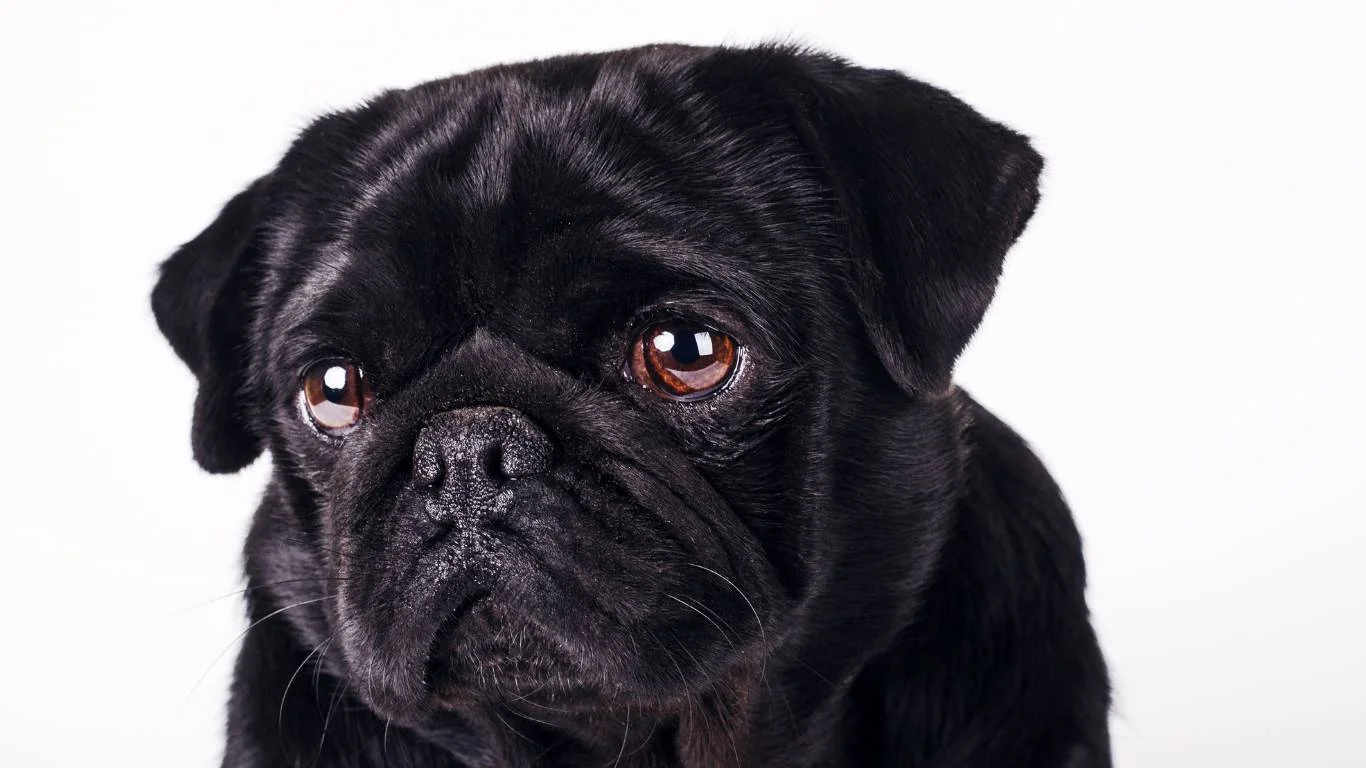
Step 1: Calm Your Dog and Assess the Damage
Start by getting your dog comfortable and calm. Speak in a soothing voice and gently restrain their paw. Look closely to see how bad the break is. Is the nail cracked, split in half, or just a small chip? Is the quick exposed or bleeding? This initial assessment will guide your next steps.
Step 2: Stop Any Bleeding
If you see bleeding, don’t panic. Use clean gauze or a soft cloth to apply gentle pressure to the nail. Sometimes, styptic powder or pencil—available at most pet stores or vets—can quickly stop the bleeding. I always keep some styptic powder handy because it’s a lifesaver when nails break during walks or playtime.
Step 3: Clean the Area Thoroughly
Once bleeding stops, it’s crucial to clean the paw to prevent infection. I recommend rinsing the injured nail with warm water and a mild antiseptic solution made for pets. Avoid harsh chemicals like hydrogen peroxide as they can slow healing and irritate the tissue. Keeping the area clean reduces the chance of infection and speeds up recovery.
Step 4: Trim the Broken Nail Carefully
If there’s a jagged piece hanging or a split nail, trim it back gently with pet nail clippers. Be cautious not to cut too close to the quick—if you’re unsure, it’s better to leave it to your vet. Sometimes, when I’ve been assisting with nail trims, dogs flinch unexpectedly, so having someone to help hold your pup still can make this step easier and safer.
Tips for Managing Pain and Preventing Infection
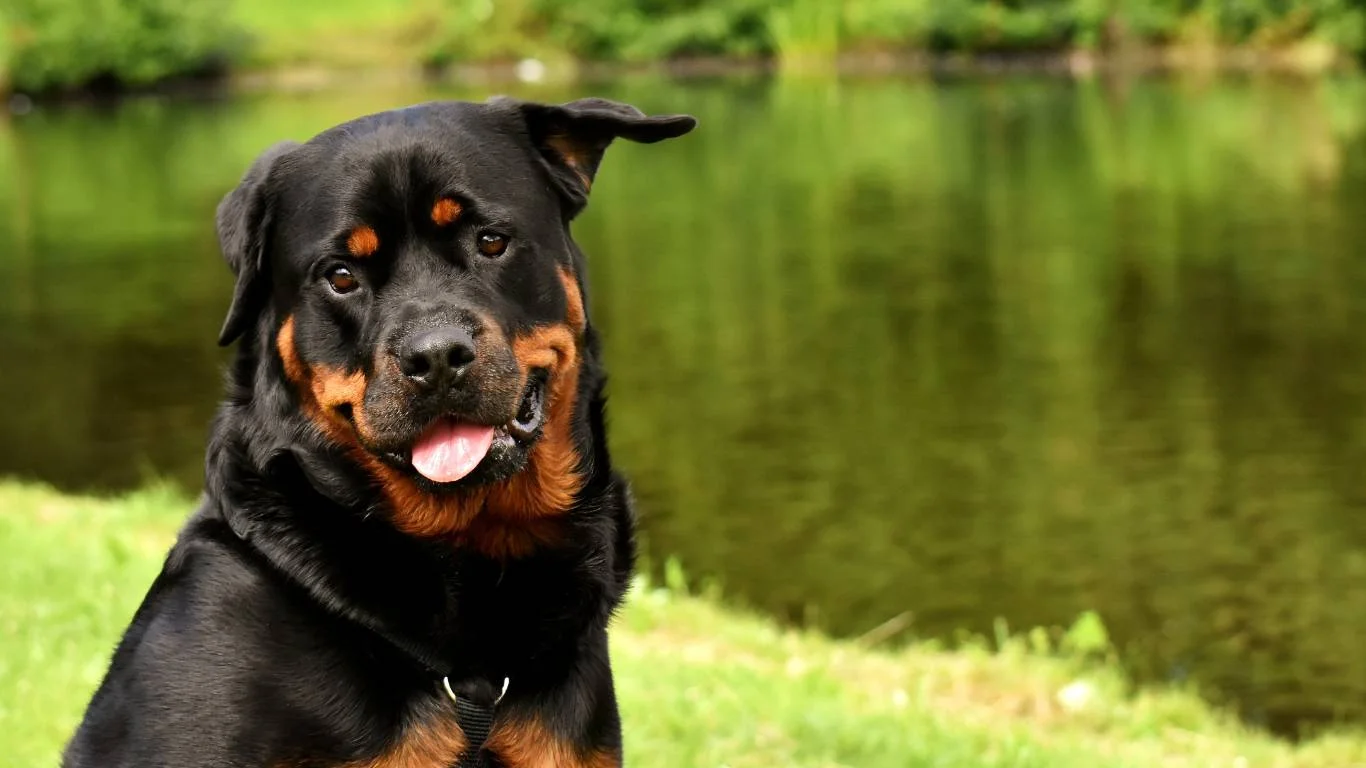
Keep Your Dog from Licking the Injury
Licking might seem like a natural way for dogs to “clean” their wounds, but it can actually slow healing or cause infection. Using an Elizabethan collar (cone) or a soft recovery collar can help keep your dog from obsessing over the sore nail. I’ve found that some dogs tolerate soft collars better, especially when paired with distraction like treats or toys.
Use a Protective Bandage When Needed
Bandaging a broken nail can protect it from dirt and further damage, especially during walks or outdoor play. When I bandage paws, I make sure the wrap is snug but not too tight—too much pressure can cut off circulation and cause more harm. Change the bandage daily, checking for swelling or signs of infection.
Watch for Signs of Infection
Keep an eye out for redness, swelling, foul odor, or discharge from the nail bed. If your dog starts limping more or shows signs of fever, it’s time for a vet visit. Early intervention with antibiotics or specialized treatment might be necessary to prevent the injury from worsening.
Nutrition and Supplements to Support Nail Healing
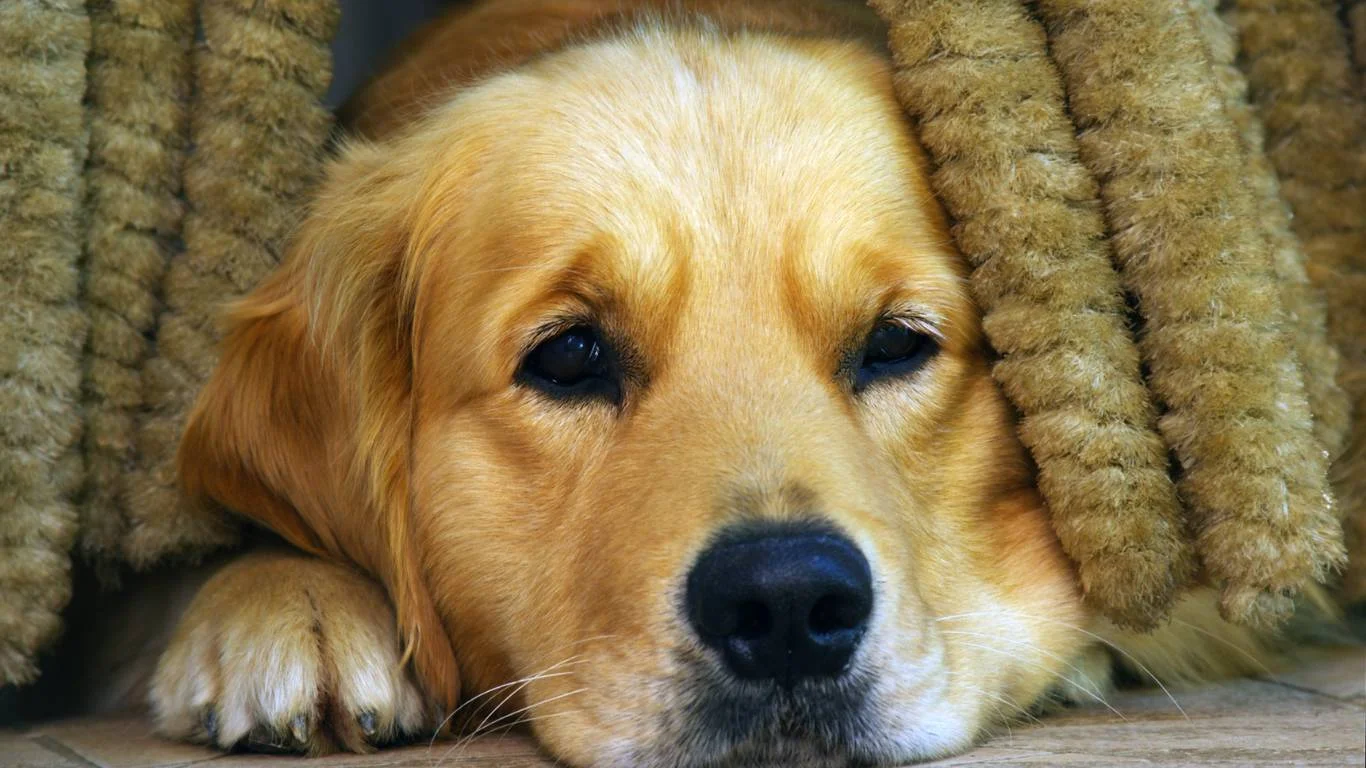
One thing I’ve learned over the years working closely with veterinary teams is that healing doesn’t just happen from the outside. Nutrition plays a huge role in how quickly and well a dog recovers from injuries, including broken nails. When a nail breaks, your dog’s body needs extra support to rebuild that damaged tissue and fight off any potential infection.
Feed a Balanced Diet Rich in Essential Nutrients
Make sure your dog’s diet includes adequate protein, vitamins, and minerals. Protein is the building block of all tissues, including nails, so a high-quality source like chicken, beef, or fish can speed healing. Vitamins such as A, C, and E have antioxidant properties that help reduce inflammation and promote skin and nail health. Minerals like zinc and biotin are especially important for strong, healthy nails.
In my experience, dogs on balanced diets with good quality food tend to bounce back faster. If you’re unsure whether your dog’s current diet covers these needs, don’t hesitate to consult your vet or a pet nutritionist. Sometimes a little tweak can make a big difference in recovery time.
Consider Supplements Specifically for Nail and Skin Health
Supplements can be a helpful boost when a dog is healing from a broken nail. I often recommend omega-3 fatty acids, which you can find in fish oil capsules or liquid form. These not only reduce inflammation but also improve the overall condition of the skin and coat. Biotin supplements are also popular for supporting nail strength and regrowth.
Before adding any supplements, though, it’s always best to check with your veterinarian. They’ll help you pick the right type and dosage based on your dog’s specific needs. Trust me, trying to guess can sometimes do more harm than good.
Home Care Tips to Encourage Faster Healing
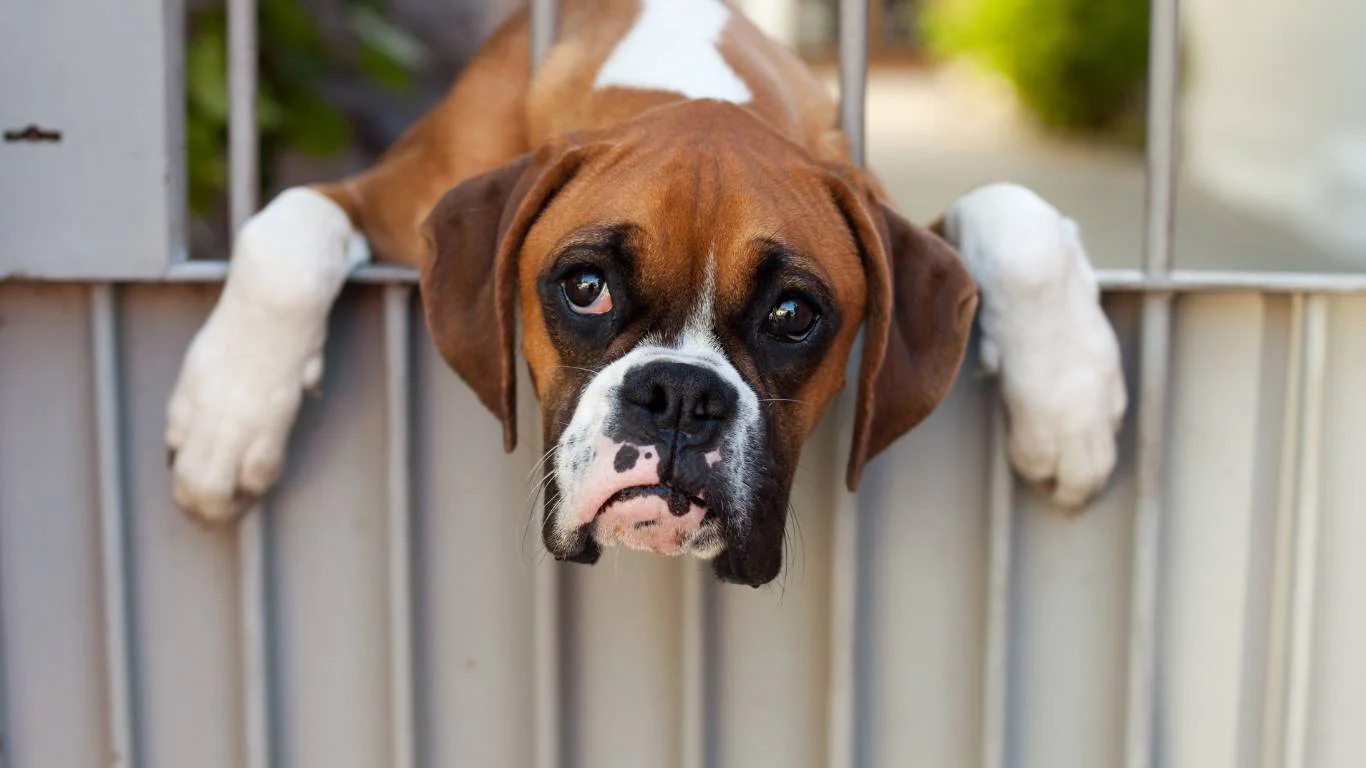
Keep Your Dog’s Activity Level in Check
One of the trickiest parts about helping a dog heal from a broken nail is managing their energy. Dogs don’t understand that they need to rest, so they might run, jump, or dig, which can reopen the wound or cause more pain. When I’m caring for a pup with a broken nail, I always advise limiting vigorous activity for at least a week or until the nail shows signs of healing.
This means shorter, slower walks and avoiding rough play with other dogs. If your dog is used to lots of exercise, providing mental stimulation through puzzle toys or training sessions can help keep them calm and distracted.
Keep the Paw Dry and Clean
Wet or dirty paws can lead to infection and delay healing. When your dog goes outside, try to avoid muddy or wet areas until the nail has healed. After walks, wipe the paw gently with a clean towel to remove dirt and moisture. I’ve found that keeping a pack of pet-safe wipes near the door is a great habit for this.
Check and Change Bandages Regularly
If your vet or you have applied a bandage, it’s super important to change it daily or whenever it gets dirty or wet. During the day, keep an eye on the paw to make sure the bandage stays in place and isn’t causing irritation. You want the paw protected but still able to breathe a little.
When to Seek Veterinary Care

While many broken nails can be managed safely at home, some cases definitely need professional attention. Here’s when you should get your dog to the vet as soon as possible:
- Heavy Bleeding: If the bleeding won’t stop after 10-15 minutes of applying pressure or using styptic powder.
- Deep Wounds: If the nail is completely torn off or the injury looks like it’s affecting the nail bed or toe.
- Signs of Infection: Swelling, redness, pus, or a foul smell coming from the paw.
- Persistent Limping or Pain: If your dog continues to limp or seems to be in severe pain after a day or two.
- Underlying Health Issues: Dogs with diabetes or immune disorders may need extra care to prevent complications.
In the clinic, veterinarians might trim the nail more precisely, prescribe antibiotics, or recommend pain relief if needed. I’ve seen cases where a broken nail seemed minor but required careful vet intervention to avoid chronic problems. So don’t hesitate to ask for help if you’re unsure!
Preventing Future Nail Injuries: Tips from Experience
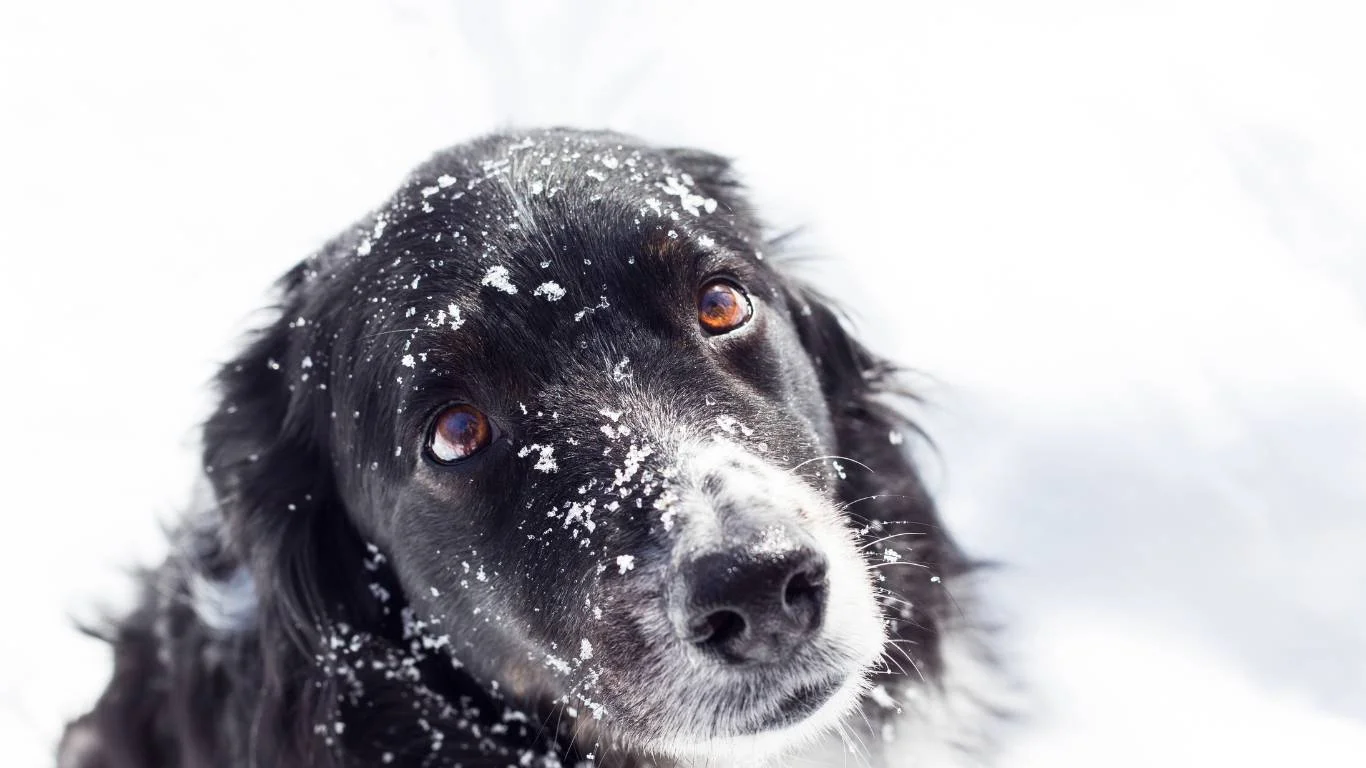
After helping many dogs recover from broken nails, one thing I always stress to pet parents is prevention. It’s not just about what you do after the injury—taking some simple steps beforehand can save you and your pup a lot of trouble and pain down the road.
Regular Nail Trims Are a Game-Changer
One of the best ways to avoid broken nails is keeping them trimmed properly and regularly. When nails get too long, they’re more prone to snagging on carpets, furniture, or rough outdoor surfaces. I’ve worked with dogs who hated the nail-trimming process at first, but with patience and gentle handling, it became a routine that helped prevent injuries.
For dogs who are wiggly or nervous, try trimming just a little at a time or using a nail grinder, which can be less stressful and safer than clippers. If you’re unsure how to trim nails without hurting the quick, your vet or groomer can show you the ropes.
Choose Safe Walking and Play Areas
Rough terrain, rocky paths, and thick brush are common culprits for broken nails during walks or hikes. When I’m advising pet owners, I always suggest scouting your walking routes ahead or sticking to smoother paths if your dog is prone to nail injuries.
Also, watch out for activities like digging, which can wear down nails unevenly or cause splits. Providing appropriate outlets for digging, like a designated sandbox or supervised play, can protect those precious paws.
Use Protective Gear if Needed
For some dogs, especially those who are very active or have a history of nail injuries, protective booties or paw wraps can be a lifesaver. These shield the nails from rough surfaces and debris. While not every dog takes to booties immediately, with gradual introduction and positive reinforcement, many get used to wearing them.
Understanding the Healing Timeline for a Broken Nail

One question I get all the time is, “How long will it take for my dog’s broken nail to heal?” The answer varies depending on the severity of the injury and your dog’s overall health. Typically, minor cracks or chips might start feeling better within a few days, with full healing in a few weeks. More severe breaks can take several weeks to a couple of months to fully grow out and strengthen.
The nail itself grows slowly—about 1 to 2 millimeters per week—so patience is key. During this time, maintaining good hygiene, keeping activity levels in check, and protecting the nail will make a big difference. I’ve seen dogs that rushed back into full activity too soon end up with re-injury or infections, which just prolongs the healing process.
Remember, every dog heals at their own pace. If you’re concerned your dog’s nail isn’t improving or seems worse, don’t hesitate to reach out to your vet for advice or a checkup.
Final Thoughts on How to Help a Dog with a Broken Nail Heal Fast
Helping your dog heal quickly from a broken nail is all about a combination of careful home care, good nutrition, and knowing when to call in the professionals. Over the years, I’ve found that staying calm and proactive goes a long way in supporting your dog’s recovery and keeping their spirits high through the process.
Every dog is unique, and while some bounce back quickly with just a little TLC, others may need a bit more hands-on care or medical attention. By following the steps we’ve talked about—cleaning, protecting, managing pain, supporting healing with nutrition, and preventing future injuries—you’ll be giving your dog the best chance at a speedy and comfortable recovery.
References
- American Veterinary Medical Association
- American Animal Hospital Association
- UC Davis School of Veterinary Medicine
- ASPCA
Disclaimer
This article is intended for informational purposes only and does not replace professional veterinary advice, diagnosis, or treatment. If your dog has a broken nail or any other health concerns, please consult your veterinarian promptly to ensure appropriate care and treatment.
